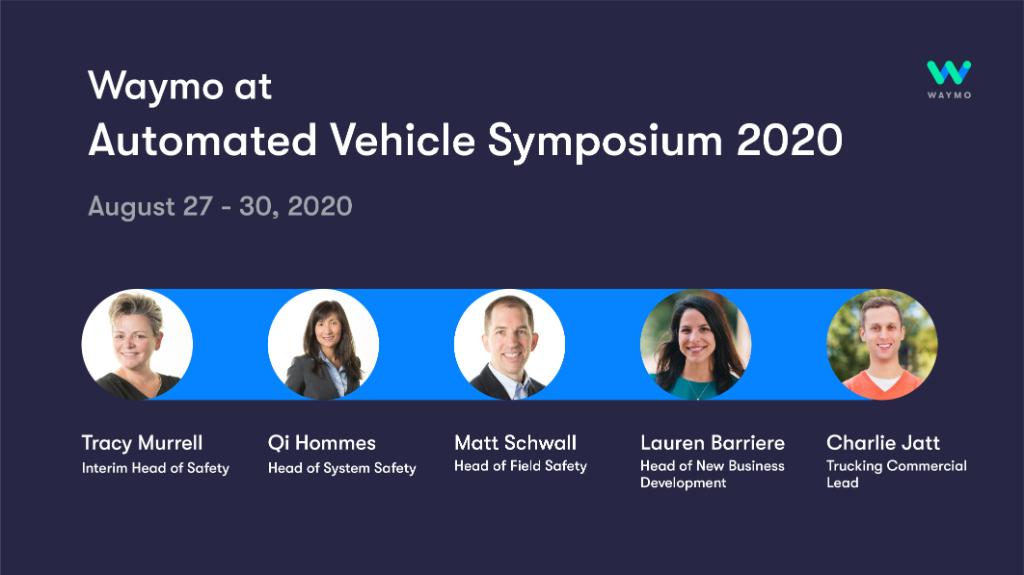diplomat33
Average guy who loves autonomous vehicles
"We’re excited to take part in #AVS2020! For those tuning in, check out these events: → Today @ 8:15am PT: Waymo Safety Keynote Address ft. Tracy, Qi & Matt → Today @ 1:05pm PT: Urban Delivery Vehicles ft. Lauren → Thursday @ 10:05am PT: Delivering Freight ft. Charlie" https://twitter.com/Waymo/status/1287742014067486720

I'm thinking the screenshot has a typo and it should be July 27-30.

I'm thinking the screenshot has a typo and it should be July 27-30.


